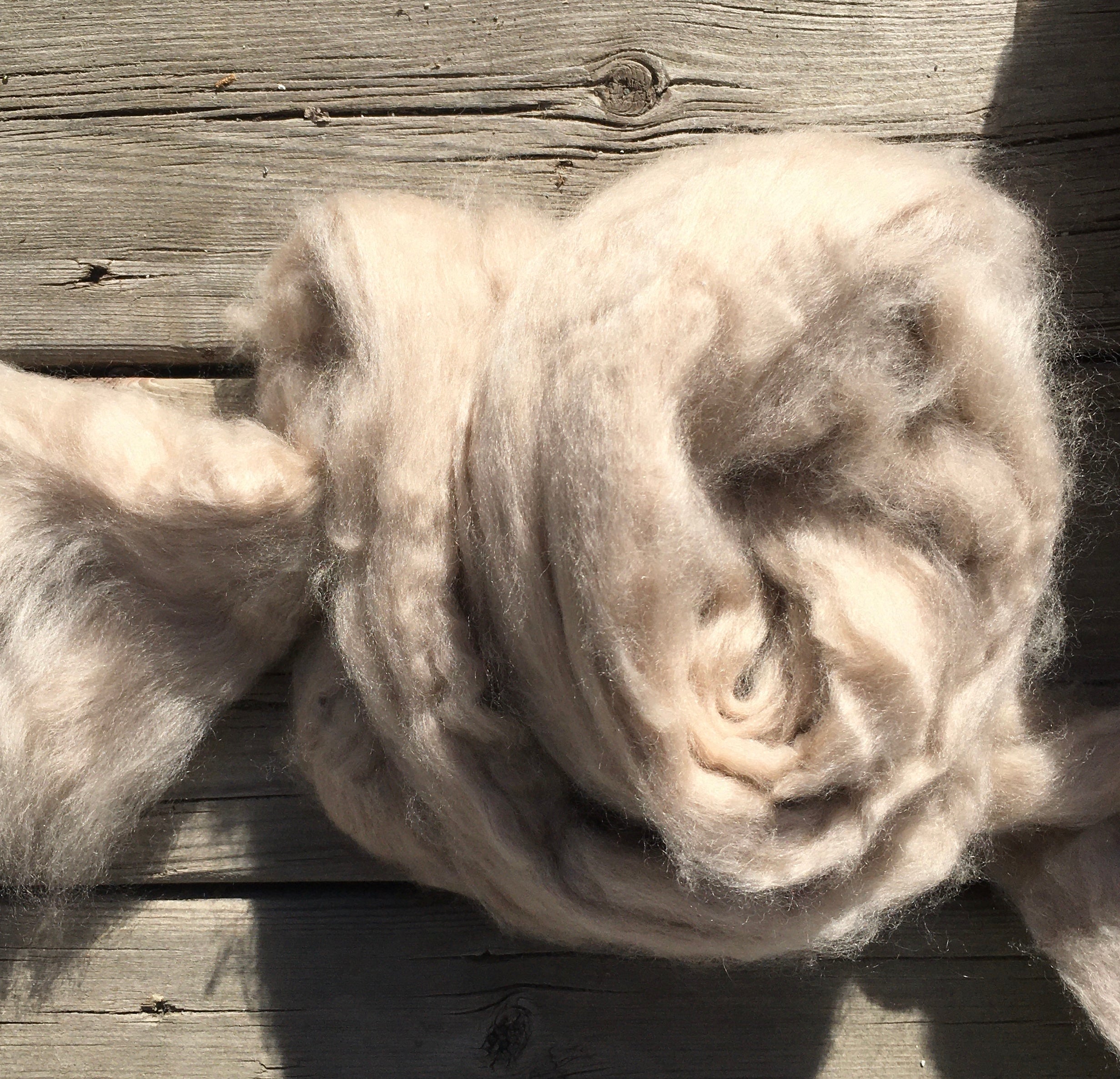Discovering What Material Is Cashmere and Its Role in Premium Clothing
Comprehending the Different Sorts Of Cashmere an All-natural Fiber and Their Special Advantages

The Origins of Cashmere: A Historic Summary
While the extravagant touch of cashmere proceeds to charm contemporary consumers, its origins trace back to the rough, chilly climates of Mongolia and the Himalayas. For centuries, the native individuals of these regions have been raising Capra Hircus goats, the prime resource of cashmere wool. These goats, resistant versus the serious winter seasons, grew a great undercoat to make it through, which later came to be known as cashmere.

The Manufacturing Process: From Goat to Garment
Shearing a Capra Hircus goat marks the inception of the intricate cashmere production process. This fragile treatment typically happens annually during springtime. The fine, soft undercoat is then separated from the coarser outer hair, a procedure called dehairing. The resultant raw cashmere is then cleaned to remove pollutants such as dust, veggie, and oil matter.
The tidy fiber is subjected to dyeing, spinning, and weaving, or knitting, to transform it into a fabric. Complex procedures like quality assurance checks and finishing procedures adhere to, making sure completion item keeps the luxurious criterion anticipated of cashmere. This meticulous procedure, from goat to garment, validates the high cost connected to cashmere products, making them an icon of deluxe and refinement.
The Different Kinds Of Cashmere: An Extensive Analysis

The Unique Benefits of Cashmere: Convenience and Sustainability
Moving from the selection of cashmere types to the advantages they supply, comfort and sustainability stick out prominently. Cashmere, an all-natural fiber, is renowned for its unrivaled soft qualities, giving a degree of comfort that synthetic fibers can not match. The product's agility, yet remarkable heat retention, makes it suitable for all periods. Cashmere's all-natural flexibility enables it to return to its initial form, making it resistant to extending or shrinking.
When it involves sustainability, cashmere is renewable and naturally degradable, as it's gathered from cashmere goats who regrow their coats annually. what is cashmere. Unlike synthetic fibers which can take hundreds of years to decompose, cashmere's effect on the setting is very little. This combination of comfort and sustainability makes cashmere a helpful choice for mindful consumers

Taking Care Of Your Cashmere: Upkeep and Preservation Tips
While cashmere is most certainly a lavish and sustainable choice, it requires certain care to keep its quality and expand its life expectancy. To begin, cashmere ought to be hand cleaned making use of chilly water and a light detergent. Cashmere products ought to be stored in a amazing and completely dry area, away from straight sunshine and wetness.
Purchasing Cashmere: Understanding Its Worth and Well Worth
Although cashmere might at first appear like a costly financial investment, its lasting worth and worth come to be evident when you consider its exceptional cashmere fibre top qualities. Known for its exceptional softness and warmth, cashmere is a premium all-natural fiber that outperforms various other materials. Spending in cashmere, consequently, is not just about current style patterns, yet about accepting a sustainable, resilient, and luxurious lifestyle.
Conclusion
In recap, the sort of cashmere one picks, be it Mongolian, Chinese, or Italian, is determined by individual choices for heat, budget plan, sustainability, and deluxe. The value of cashmere expands past its rate, with convenience and durability including to its worth. Correct care and upkeep can ensure its preservation. Therefore, comprehending the origins, manufacturing process, and unique advantages of various kinds of cashmere can direct customers in their investment in this luxurious all-natural fiber.
Whether it's the exceptional heat of Mongolian cashmere, the price of Chinese cashmere, or the eco-conscious manufacturing of Italian cashmere, there's a story to be uncovered behind each fiber kind. Cashmere, an all-natural fiber, is renowned for its unrivaled softness, offering a level of comfort that synthetic fibers can not match.When it comes to sustainability, cashmere is eco-friendly and eco-friendly, as it's harvested from cashmere goats that regrow their layers yearly. Recognized for its unrivaled soft qualities and warmth, cashmere is a costs natural fiber that surpasses various other products. Understanding the origins, production procedure, and unique advantages of various kinds of cashmere can assist consumers in their financial investment in this luxurious natural fiber.